Elderly Bone Strength: 3 Miracle Tips to Help Increase It
As we age, our bones slowly lose strength naturally. The issue is that some individuals experience less controlled and more severe bone loss. When such extreme loss occurs, you risk falls, fractures, and conditions like osteoporosis. Maintaining elderly bone strength is essential to avoid medical complications.
One way to prevent premature or rapid bone loss is with regular exercise. For seniors, it’s best to consult a therapist trained in geriatric physical therapy. These professionals know the proper methods to strengthen bones safely and effectively.
Fairview Adult Day Care Center in Brooklyn NY is experienced with all elderly care needs. Our staff is well trained in geriatric physical therapy exercises and offers health education on lifestyle changes to suit all your needs. See our 3 tips and guides for more information.
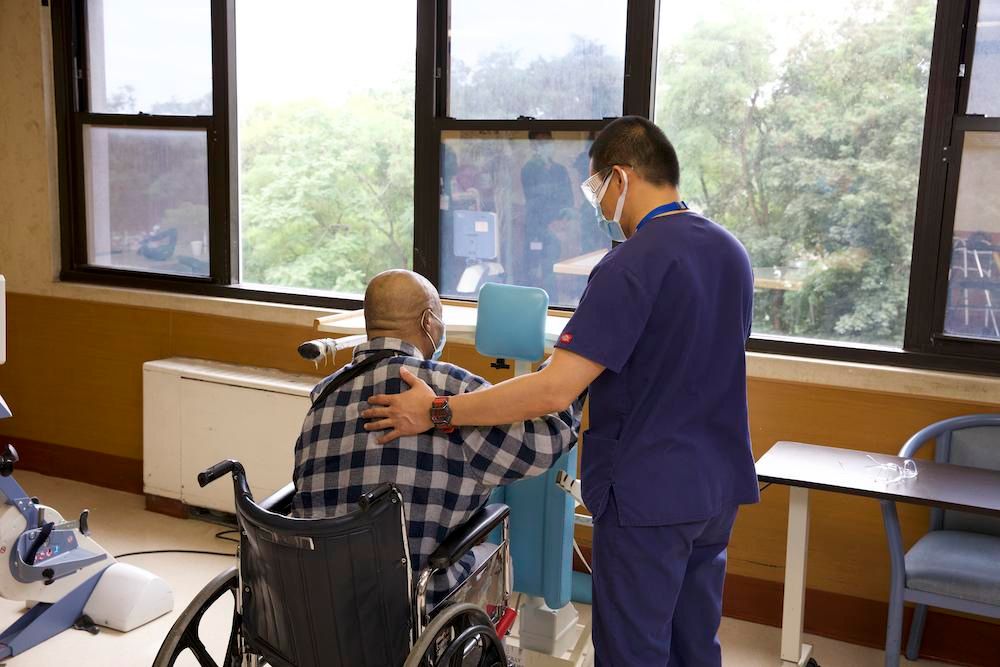
3 Most Efficient Ways for Elderly Bone Strength
Increasing bone strength isn’t difficult, though it requires effort to accomplish the task. Physical exercise is vital, though you need to do the proper exercises to meet your goals. A trained therapist can assist you by addressing your specific bone issues and recommending a daily schedule you should follow. Of course, there is no single method for increasing bone strength, so consider the following three factors.
1. Green vegetable juice or greens powder
It’s no surprise that vegetables are a prime source of the nutrients our bodies require. Of course, not everyone knows how exactly those nutrients aid bone health. To start with, leafy veggies, including kale, broccoli, and collards are prime sources of calcium. Though not produced in the body, this mineral is essential for maintaining elderly bone strength.
Potassium, magnesium, and vitamins C, D, and K are also vital for bone health. We ingest these when eating various fruits and vegetables, especially the green leafy ones. Increasing your intake of greens keeps bones strong and healthy, particularly when broken down into easy-to-absorb sources. Green juice is one option, though Super greens powder can be added to your favorite recipes to boost the nutrient content.
2. The right exercise
As mentioned above, exercise helps prevent the loss of bone strength. For the best results, you need the correct exercises to reach your goals. Weight-bearing exercises increase bone mass while strengthening muscles. Moderate-intensity workouts, including waking, biking, and water aerobics are also advantageous for bone health.
Though you can exercise on your own, it’s safer to seek professional assistance. Trainers or physical therapists with experience with geriatric therapy can customize workouts for the best results.
3. Fix menopausal issues
Estrogen regulates bone metabolism in humans, though the hormone concentration is higher in women. During menopause, estrogen levels decrease, causing faster bone strength loss. In fact, it is estimated that 10% of bone loss happens within the first five years of menopause.
As well as elderly bone strength loss, low estrogen also causes flaky skin, dry eyes, hot flashes, and mood swings. Preventing such issues increases comfort and prevents bone issues, such as osteoporosis. Speak to your doctor if you have concerns about menopausal issues and reduced bone strength.
Resources:
https://orthoinfo.aaos.org/en/staying-healthy/calcium-nutrition-and-bone-health/
https://www.pcrm.org/health-topics/healthy-bones
https://www.ncbi.nlm.nih.gov/pmc/articles/PMC6261527/
https://orthoinfo.aaos.org/en/staying-healthy/exercise-and-bone-health/
https://www.ncbi.nlm.nih.gov/pmc/articles/PMC3424385/
https://www.urmc.rochester.edu/encyclopedia/content.aspx?ContentTypeID=85&ContentID=P00559
This article is for educational and informational purpose only and does not substitute for professional medical advice. For any questions about your own health condition, speak to a qualified physician or healthcare provider.

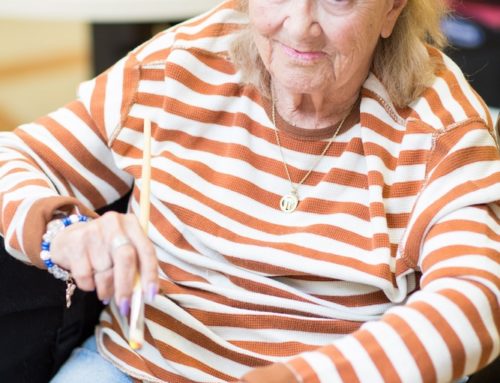
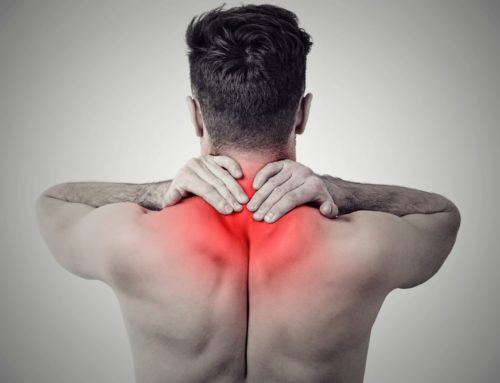
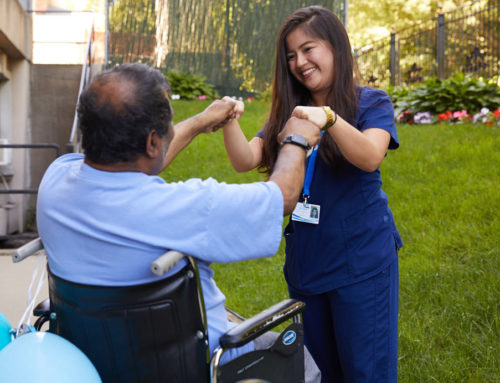
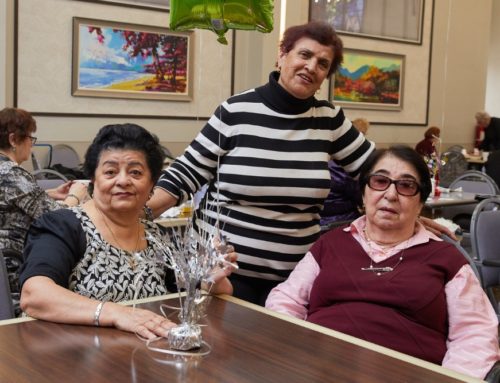
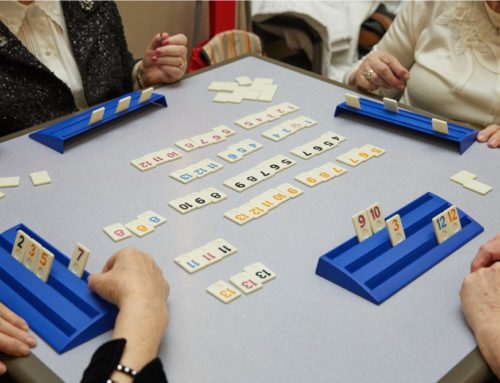

Leave A Comment